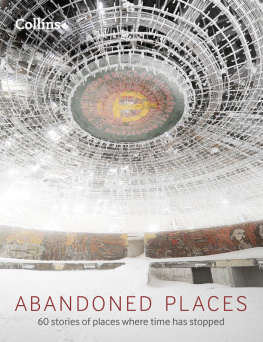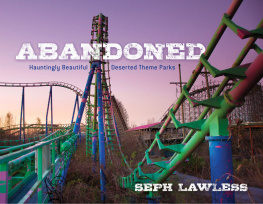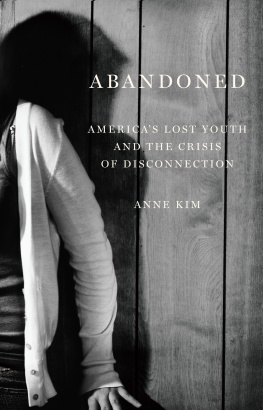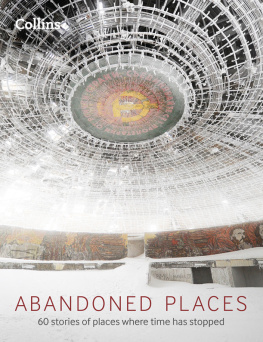Copyright 2015 by Rusty Tagliareni and Christina Mathews
All rights reserved. No part of this book may be reproduced in any manner without the express written consent of the publisher, except in the case of brief excerpts in critical reviews or articles. All inquiries should be addressed to Skyhorse Publishing, 307 West 36th Street, 11th Floor, New York, NY 10018.
Skyhorse Publishing books may be purchased in bulk at special discounts for sales promotion, corporate gifts, fund-raising, or educational purposes. Special editions can also be created to specifications. For details, contact the Special Sales Department, Skyhorse Publishing, 307 West 36th Street, 11th Floor, New York, NY 10018 or .
Skyhorse and Skyhorse Publishing are registered trademarks of Skyhorse Publishing, Inc., a Delaware corporation.
Visit our website at www.skyhorsepublishing.com.
10 9 8 7 6 5 4 3 2 1
Library of Congress Cataloging-in-Publication Data is available on file.
Cover design by Sarah Brody
Cover photo courtesy of the author
Print ISBN: 978-1-63450-543-7
Ebook ISBN: 978-1-63450-940-4
Printed in China
This book is dedicated to all those people who take a stand, often against great odds, in an attempt to preserve these beautiful buildings for future generations. Your actions have helped so many to find their voice, ourselves included.
We would also like to dedicate this book to our parents.
From an early age you encouraged us to seek the path less traveled, and in doing so allowed us to discover ourselves.
Last, a special thanks goes to Worrytrain.
His music has inspired us throughout the years.
To have him as the soundtrack for this book is truly an honor.
Rusty Tagliareni
and
Christina Mathews
C ONTENTS
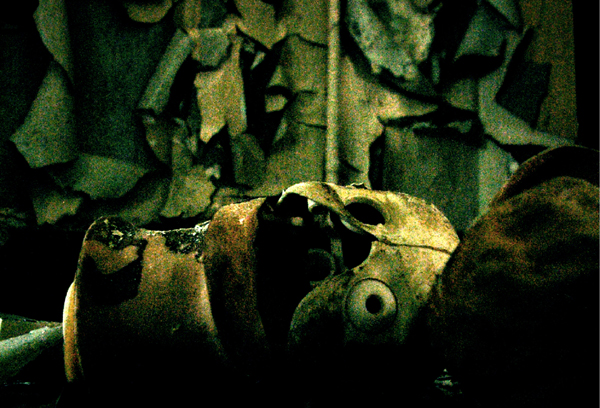
Its dark in here.
The air is heavy with the scent of musk and decay. Sounds of light scratching, muffled and persistent, emanate from somewhere far off in the distance. Its most likely the limbs of nearby trees scraping across old window panes, but theres no telling for sure. The floor supports are rotten in places, making the simple act of walking slow and difficult. Directly above, the roofing has partially collapsed. Diverse plant life now grows where the newly admitted sunlight penetrates the otherwise enshadowed room, a small illuminated forest in a black world.
A unique kind of tranquility dwells in these abandoned places. Any building, once disused, seems to detach from the greater world around it. Nature slowly returns through the smallest of cracks, having never truly vacated in the first place. When left without people, it often takes very little time for a structureno matter how grandto slowly begin returning to dirt. Theres something very poignantand also quite mysteriousabout this process.

I, along with my partner Christina Mathews, spend a great deal of time and effort documenting things that most people overlook on a daily basis: abandoned locations. Throughout our years spent in and around these forgotten places, one singular question has come to define our work: What makes a place worth remembering? To this there is no absolute answer, but we believe that the value derives from the lessons a place can teach us, even long after it has been of use. No matter how forgotten a place has come to be, underneath the overgrowth, cracked paint, and filth of ages lie countless stories awaiting a sympathetic ear.
After a year or so of visiting various abandoned locations and occasionally grabbing snapshots as we went, we came upon a place that skewed our collective perspective on not just the practice of documenting these abandoned ruins, but the genuine importance of it. We were in Essex County, New Jersey, and happened to be driving directly past a massive sprawling complex of buildings. From the looks of it the place had been long abandoned, so we immediately turned around to investigate the place closer. Finding a pothole-covered access road, we made our way to the inner campus and parked away from the eyes of passing motorists. With little effort we came upon a wide open door and crossed the threshold.
Greeting us in the dayroom that we had entered was a scene from some night terror come to life. In a dim corner, perched on a dry-rotted vinyl chair caked with dust and flakes of peeled paint, sat a headless body. The fight-or-flight urge was immediate. Yet somehow we were able to overcome the urge to run, and the feelings of shock and dread quickly subsided. Upon closer investigation, the headless form turned out to be an old CPR dummy. We found its faceless head on the floor, in a pile of debris next to the chair.
As we ventured beyond that eerie dayroom, we were in awe of what we found: The place was clearly some kind of hospital; that much was made obvious by the countless beds, large dayrooms, and various offices. The deteriorating hallways stretched on for what seemed like forever in all directions. Christina then made a simple, passing comment, I should film this, as she took a bright pink point-and-shoot digital camera out of her bright pink cat-shaped purse. The camera she shot with that day would be laughable by todays standards, and featured one of those gimmicky video modes that shot in a very low resolution. The quality didnt matter, though, as it was the inspiration that struck that was pivotal. That moment is what would become the foundation of our workthe amazement that we were feeling then and there inspired us to do our very best given the tools we had at hand. Of equal importance, it was that cheap pink camera that caused Christina to become enamored by the format of video. She never stopped filming after that day. Occasionally she also takes on the role of a photographer, though it is not an often occurrence. As such, I have noted any images taken by her throughout the book.
Upon returning home, we immediately began conducting research to better understand what it was that wed just seen. It turned out that the place was indeed a hospital, but not in the way we had assumed. What we spent the afternoon exploring was the decaying husk of the Essex County Hospital Center, or, if you were to call it by its original title, the Overbrook Asylum. At this point we came to two startling realizations. First, though the places we had filmed up until that point did indeed carry their own tales and some weight of history, it wasnt until that moment that we had ever seen a place that had affected so many people over such a long period of time. The amount of history found in just a single ward of the Overbrook Asylum was deeper than in all the places we had ever been. The second realization came after some more in-depth investigation into the old hospital center. In researching the history of the facility, we were able to gather together a timeline, as well as begin to see just how massive of a facility this place once was. There were thousands of stories hidden in those walls, and all of them were completely unknown to us until we stumbled on the hospital by pure chance. This floodgate of information also taught us much about the evolution of psychiatric medicine, both in practice and in pharmaceutical development, which eventually led to deinstitutionalization on a national level. All of this newly found knowledge was springboarded by the most unlikely of things: an abandoned asylum on the side of the road, one that many people likely ignore as they drive past on a daily basis. If we had to pinpoint one singular moment that came to define our work, it would be that very moment of realization: these abandoned places held much more than just abstract mystery and picturesque settings. There were stories here, and untold lessons to be learned.



